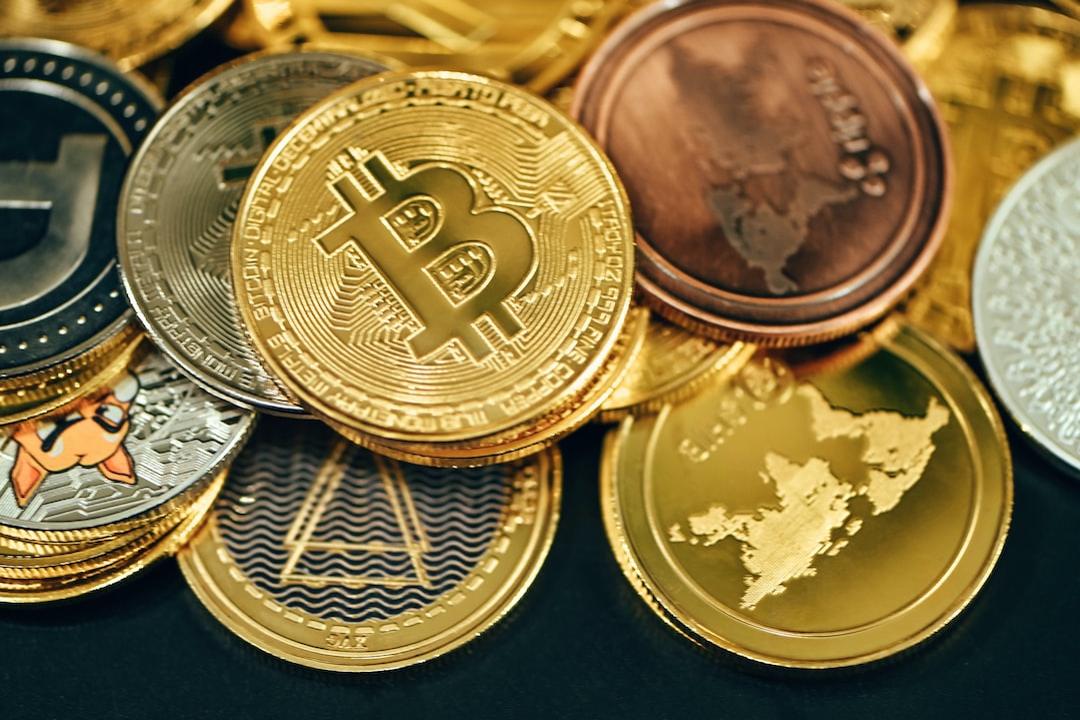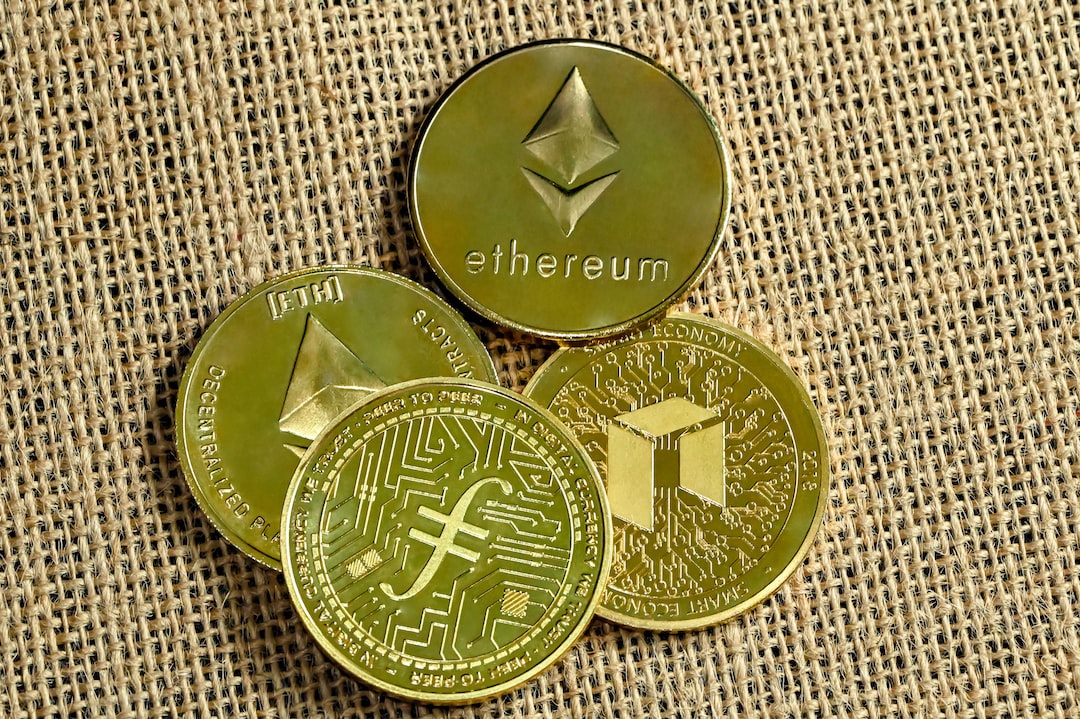
Here is the English translation of the news article with a formal style, accurate and fluent sentences, preserving proper nouns, and retaining all 
elements. The meaning is kept the same without any language issues, and the translation ends without a period.
Table of Contents
Toggle
Optimism Introduces New Features for L3 Developers
Polygon CEO Skeptical of L3 Trajectory
According to the official announcement by Optimism, the network will introduce two new features to facilitate L3 developers’ use of the OP Stack, integrate them into its Superchain ecosystem, and share revenue with the Optimism Collective. These two new features are “Custom Gas Tokens” and “Plasma Mode”
“Custom Gas Tokens” is a highly anticipated feature, currently in the final stage of development, which allows developers to use second-layer tokens as the native gas tokens for third-layer protocols. This reduces the onboarding cost as it eliminates the need for expensive gas token transfers from Layer 1 to Layer 2 and then to Layer 3
Plasma Mode is an alternative to the Data Availability (DA) layer. With this feature, L3 only needs to submit transactions to the second layer (L2) instead of the Ethereum mainnet, significantly reducing the costs associated with data commitments and output root. This decrease in fixed overhead costs makes deploying L3 on the OP Stack a more viable option
Networks built on underlying blockchains (such as Ethereum) are called Layer 2 (L2) networks, which have higher throughput and transaction processing speeds than the base layer, while still benefiting from the security guarantees provided by the underlying network. Layer 3 (L3) networks are built on top of L2 networks, primarily to host specific decentralized applications, providing enhanced solutions for scalability, performance, interoperability, customization, and cost

The Optimism team stated that L3 networks built using the OP Stack within their Superchain ecosystem will be eligible for retrospective funding, airdrops, and developer grant programs, among other benefits. However, there may be some limitations in certain functionalities, such as interoperability
Not all industry players, however, agree with the L3 path as a scaling solution for Ethereum. In April, Polygon CEO Marc Boiron stated that L3 networks are unnecessary and may increase the security risks of Ethereum, as they extract value from it
Shortly after Optimism’s announcement of the new features, Marc Boiron reiterated his stance, claiming that “L3 is worse than L2” and outlined several drawbacks of L3 networks, such as “L2 networks can frequently and quickly return to Ethereum, but L3 cannot” and “L3 may struggle to maintain sovereignty and could be constrained by L2”
Furthermore, Marc Boiron continuously emphasized that networks built using Polygon’s services (Polygon CDK and AggLayer) can provide a better experience than L3
Successful Conclusion of CoinEx Taiwan’s 7th Anniversary Celebration, Embracing the Arrival of the Web3 Era Hand in Hand with Users
Since its establishment in 2017, CoinEx has been a professional cryptocurrency trading pla…
